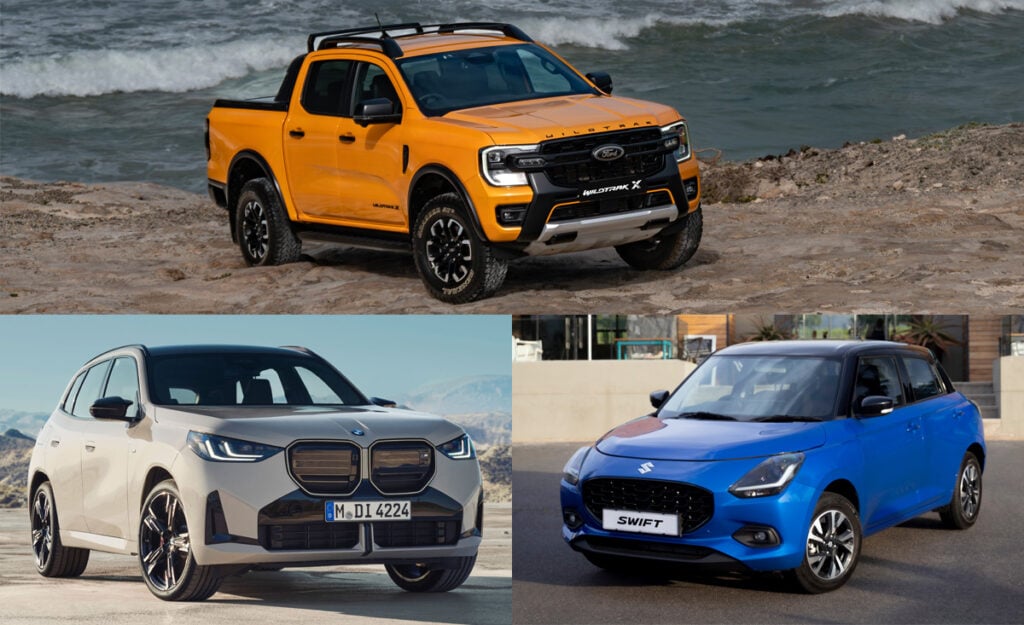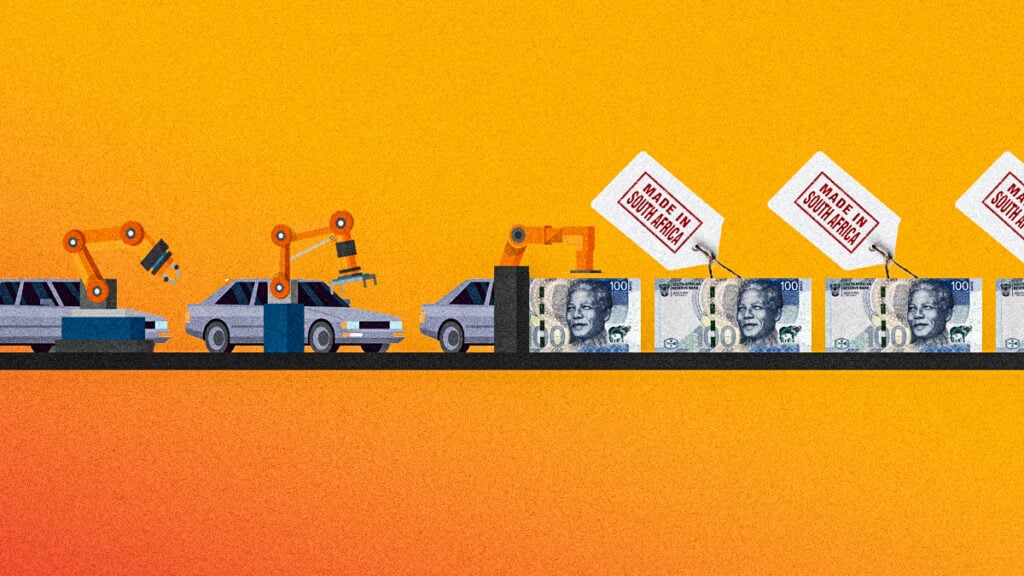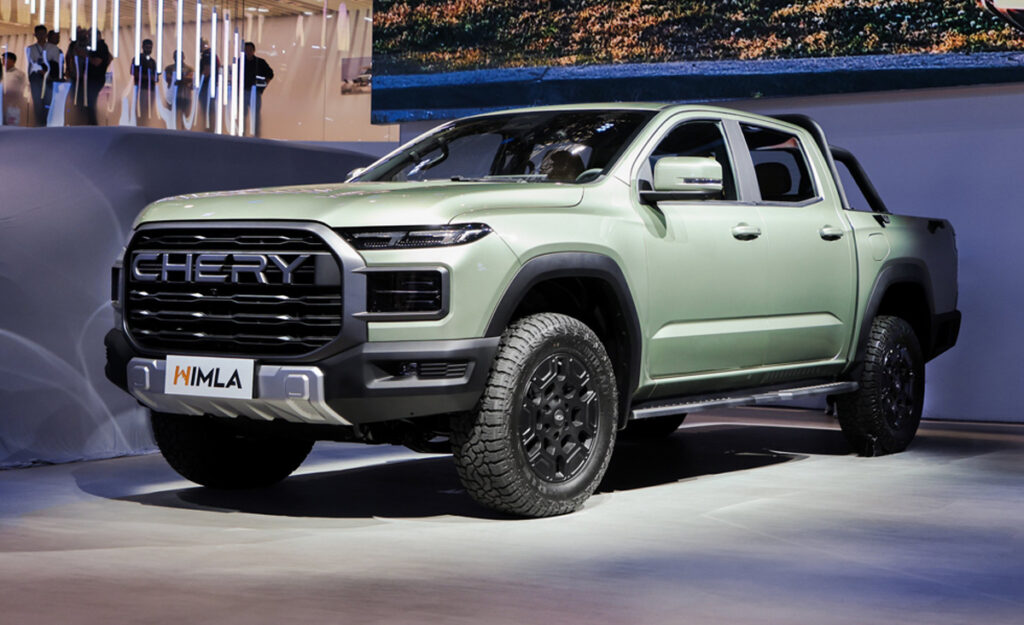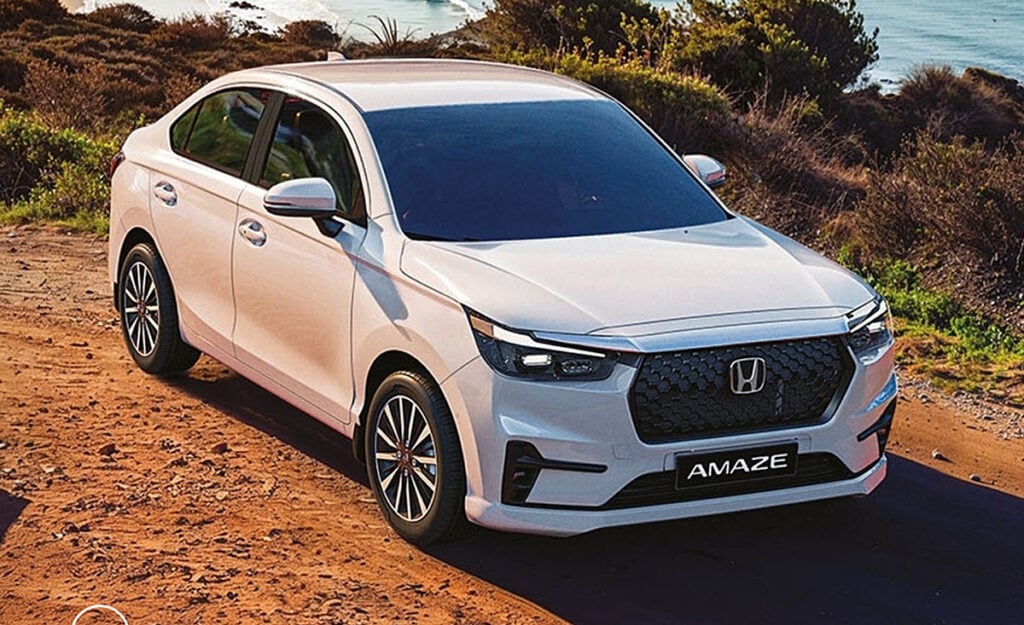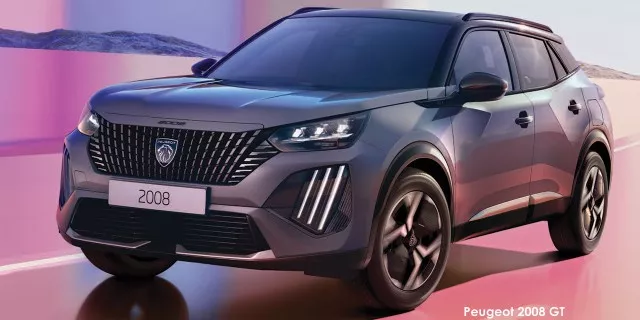Battery-swapping – The alternative to charging electric cars
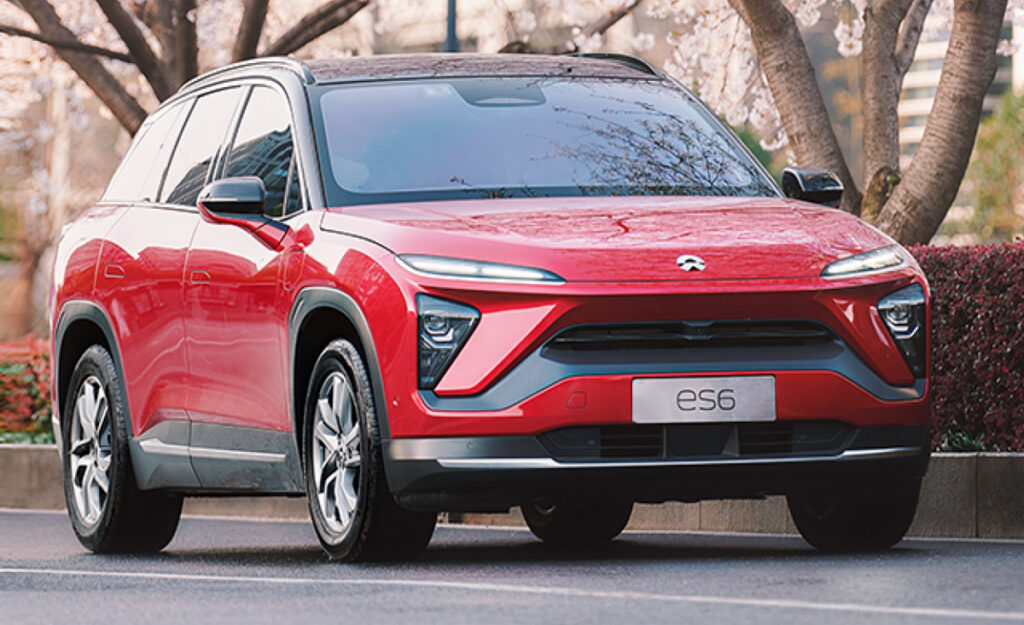
While electric vehicles (EVs) are becoming increasingly common worldwide, limited ranges and long charging times are still a concern.
A recent TopAuto survey showed that maximum range and the availability of charging stations were among the biggest concerns for local drivers considering purchasing an EV.
But what if you did not have to charge your EV when it was running low?
Enter “battery swapping” – a system which has been around for several years and used for small electric vehicles, like scooters.
Exactly as it sounds, battery swapping is when a vehicle has its depleted battery replaced with a fully charged one.
This can be done by hand – but in countries like China this process is now being automated.
Benefits
A Bloomberg report found that there are multiple benefits to using battery swapping.
First is the time-savings, as swapping a battery can be done in under 10 minutes for a vehicle.
This is noticeably faster than even the fastest charging times. Cars like Audi’s e-tron range take just over 20 minutes to charge 75% of their batteries using a fast-charge station.
Another benefit is that battery-swapping could lower the cost of EVs overall.
Batteries are one of the most expensive components in an EV, and making them a detachable component could help lower costs.
Additionally, increased battery turnover could help manufacturers better detect battery defects.
Increased battery turnover could also help to improve battery life in general thanks to consistent charging practices, which may help to ease South Africans’ concerns over the long-term prospect of expensive battery replacements.
If battery-swapping becomes more commonplace, it may also provide the groundwork for a system of battery recycling – a significant benefit that could help to alleviate rising battery prices to a degree, as materials such as lithium are expected to become increasingly sought after in the years to come.
In countries where the service is available, however, battery-swapping tends to be more expensive than using a fast-charge station – although it is still cheaper than refueling with petrol.
In India, for example, battery-swapping for smaller two and three-wheeler vehicles costs less than a quarter of what it would cost to refuel one which ran an internal-combustion engine.
Consumers can then either pay-as-they-go, or pay a monthly fee to use the service.
Drawbacks
A big hurdle to battery-swapping is its cost.
Swap stations can cost substantially more to install than charging points – up to 10-times more according to Bloomberg.
Having a big enough battery surplus in the country to make swapping viable could also be prohibitively expensive for car manufacturers, especially as demand for batteries and other EV components continues to grow worldwide.
Additionally, given that battery design is currently an integral part of most EV designs, auto-manufacturers may be reluctant to standardise the technology to allow for battery-swapping across different brands.
Tesla test case
Tesla was one of the companies which tested the benefits of battery-swapping, but in California in 2013 it closed its only swap station two years after it was launched – due to poor uptake.
Taiwan and India have successfully implemented battery-swapping for smaller vehicles like scooters, but the same has not caught on for larger, four-wheel vehicles.
China is the only country where battery-swapping has caught on for larger vehicles, which may be largely attributed to demographics factors.
Many people in China live in multi-story apartment blocks and don’t have the ability to charge their EVs overnight, making battery-swapping an appealing alternative to relying on public charging stations in high-density urban areas.
While battery-swapping is reported to have several upsides and has been successfully implemented in select regions, its lack of success in developed markets like the US and Europe means the system is not a silver bullet just yet.


